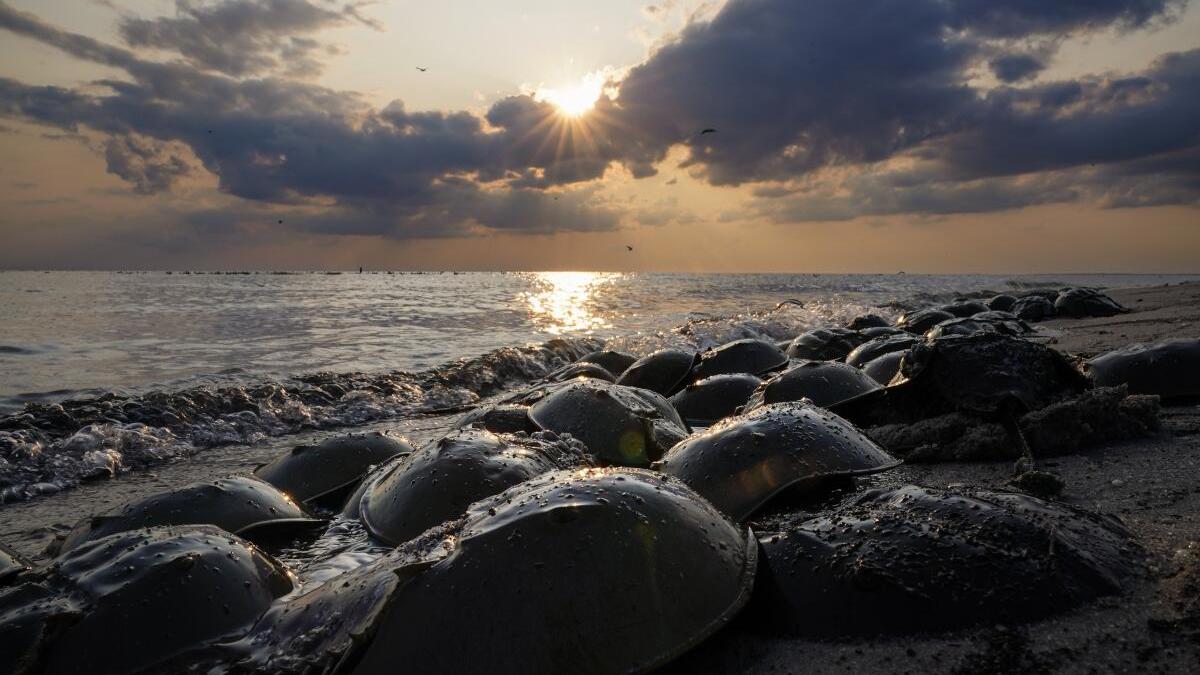
Horseshoe crabs, living fossils of the sea, draw endangered species petition
The Hindu
Environmental groups on Monday petitioned the U.S. government seeking endangered species protection for the American horseshoe crab, a “living fossil” under threat from commercial harvests for bait and biomedical
Environmental groups on Monday petitioned the U.S. government seeking endangered species protection for the American horseshoe crab, a "living fossil" under threat from commercial harvests for bait and biomedical use as well as from habitat loss and climate change.
These spine-tailed sea creatures named for the shape of their body shells have been crawling ashore since long before the age of dinosaurs, and in modern times were a familiar sight to summer beachgoers along the U.S. mid-Atlantic and Gulf Coasts.
But horseshoe crab populations have crashed in recent decades, with spawning numbers down two-thirds from 1990 in the Delaware Bay estuary that was once their biggest stronghold, according to conservation groups. Research also shows their egg densities falling more than 80% in the past four decades.
Those trends are tied to stress on other marine species that feed on their larvae and eggs, including the rufa red knot, a migratory shorebird whose own 2014 threatened-species listing cited horseshoe crab harvests as a contributing factor.
Classified not as true crabs but as marine arthropods most closely related to spiders and scorpions, horseshoe crabs are among the oldest living creatures on Earth, with fossils of their ancestors dating back some 450 million years.
Despite their primitive appearance, horseshoe crabs are harmless to people, for whom encounters were once common along shorelines where the animals congregated each spring to lay million eggs.
Now, after surviving several mass-extinction events through the ages, including an asteroid impact 66 million years ago that killed off dinosaurs, the lowly horseshoe crab is facing its own demise from a combination of human activities.













